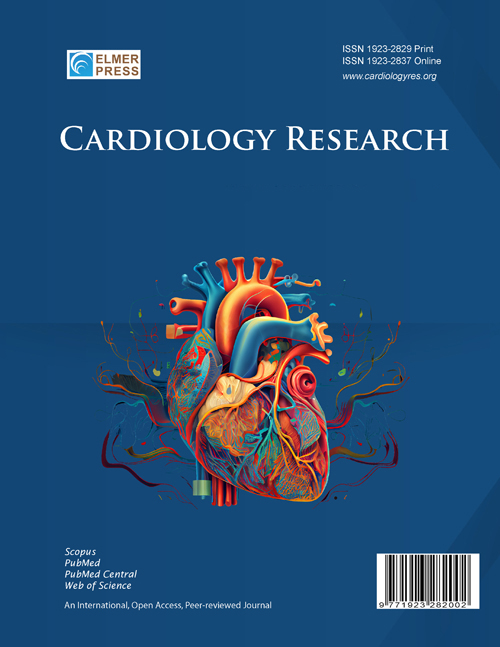Yield of Tilt Table Test in Diagnosing Syncope in Patients With Suspected Neurally Mediated Syncope
DOI:
https://doi.org/10.14740/cr1701Keywords:
Syncope, Tilt table, Vasovagal, Lifestyle, PacemakerAbstract
Background: Syncope is a common medical condition. The reflex or neurally mediated syncope (NMS) is the most frequent type. The tilt table test (TTT) helps distinguish syncope from other common causes of complete loss of consciousness, such as epilepsy, define syncope subtypes and guide management. This study aimed to assess the TTT yield in patients with suspected NMS and to compare the nitroglycerin (NTG) and isoproterenol (Isuprel) provocative protocols.
Methods: This study was a retrospective analysis of the data of consecutive patients who underwent TTT at the Heart Center at King Faisal Specialist Hospital and Research Center (KFSH&RC), Riyadh, Saudi Arabia, between January 1, 2006, and March 31, 2017.
Results: The age at referral for TTT ranged from 7 to 84 years (mean 38.4 ± 15.75 years), and 212 (49.8%) were males. The main clinical manifestations were recurrent syncope in 259 patients (60.8%), a single syncopal episode in 60 (14.1%), and pre-syncope or dizzy spells without loss of consciousness in 270 (63.4%). The test was positive in 295 patients (69.2%), with type 1 (mixed response) seen in 151 patients (51.19%), type 2a (cardioinhibitory without pause) in 16 (5.4%), type 2b (cardioinhibitory with pause) in 10 patients (3.39%), and type 3 (vasodepressor) in 118 patients (40%). A false positive test was seen in 11 patients (2.6%) and a false negative in 27 patients (6.3%). The overall test sensitivity was 91%, specificity was 89%, positive predictive value (PPV) was 96%, and negative predictive value (NPV) was 79%.
Conclusions: The TTT is beneficial in diagnosing syncope in males and females and patients of young and old ages. A provocative test utilizing NTG provides a shorter, more straightforward test with the same diagnostic accuracy as the isoproterenol test. Lifestyle modification is effective and remains the primary intervention in managing patients with NMS.

Published
Issue
Section
License
Copyright (c) 2024 The authors

This work is licensed under a Creative Commons Attribution-NonCommercial 4.0 International License.










